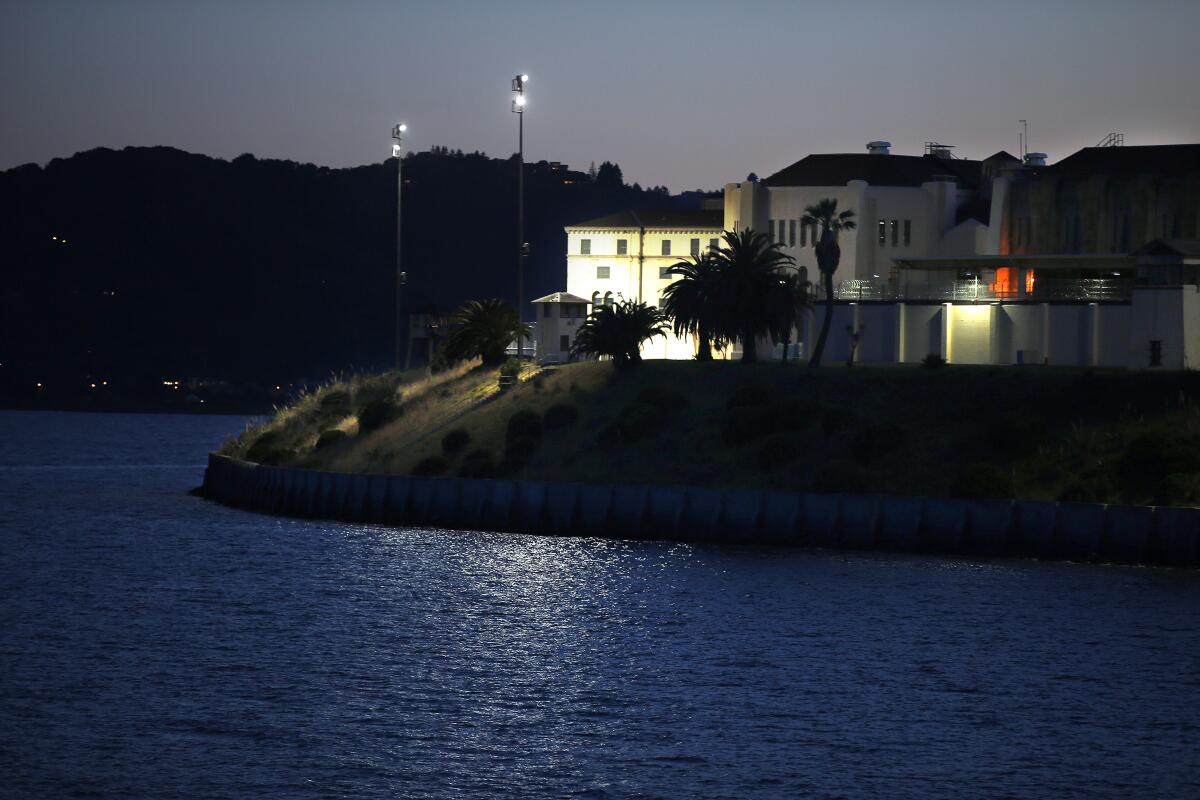California is accelerating its efforts to empty San Quentin's death row with plans to transfer the last 457 condemned men to other state prisons by the summer.
The move comes five years after Gov. Gavin Newsom signed an executive order imposing a moratorium on the death penalty and closing the prison's execution chamber. This coincides with his broader initiative to transform San Quentin into a Scandinavian-style prison with a focus on rehabilitation, education and job training.
Convicted inmates will be rehoused in the general population across two dozen maximum-security state prisons, where they will have access to a wide range of rehabilitation programs and treatment services, according to the California Department of Corrections and Rehabilitation. The changes do not modify their judgments or convictions.
The plan unveiled Monday is based on a pilot program that tried transferring 104 death row inmates between January 2020 and 2022. An additional 70 people on death row were transferred from the legendary men's facility in Marin County over the past month, the CDCR said. . The 20 convicted women detained at the Central California Women's Facility in Chowchilla will remain there, but have been rehoused among the general population.

Convicted prisoners on San Quentin's legendary death row will be distributed in the coming months across twenty maximum security prisons, where they will be housed among the general population.
(Los Angeles Times)
The changes are consistent, in part, with Proposition 66, a statewide ballot measure approved in 2016 that allows convicted inmates to be housed in institutions other than San Quentin, requiring them to work and pay 70% of their income to victims.
“This diversion enables people on death row to pay court-ordered restitution through work programs. Participants are placed in institutions with secure, electrified surroundings while continuing to integrate with the general population,” CDCR Secretary Jeffrey Macomber said in a prepared statement. .
But the primary goal of Proposition 66 was to speed up executions by setting time limits on legal challenges and expanding the pool of attorneys authorized to represent death row defendants. In that same election, voters defeated a competing measure that would have abolished the death penalty.
By contrast, Newsom pledged in 2019, when he declared a moratorium on the death penalty, that no prisoner would be executed in California while in office because of his belief that the death penalty is inherently discriminatory and unjust.
Even before Newsom's moratorium, executions had been on hold in California for years amid court disputes over whether the state's lethal injection process constituted cruel and unusual punishment. The last death penalty in California was carried out in 2006. There are 644 convicted people in California prisons.
Last year, Newsom announced plans to overhaul San Quentin, California's oldest prison, and turn it into a rehabilitation facility with job training, substance abuse and mental health programs as well as expanded academic classes, a prison model more common in Scandinavia.
But death row inmates will not be integrated into the reimagined San Quentin. Outside of the death row wing, the facility does not have the necessary security measures, including a “lethal electric fence,” to rehouse maximum-security prisoners in the general population.
Newsom proposed $380 million last year to begin the process of reforming San Quentin and creating an advisory board to implement his vision. But faced with a looming state budget shortfall exceeding $37 billion, lawmakers in both political parties, as well as nonpartisan fiscal advisers in the Legislature, have raised questions about the scope and timing.
The Legislative Analyst's Office recently recommended closing five prisons to reduce criminal justice spending, in addition to two state prisons that the Newsom administration has already closed. Meanwhile, the San Quentin Advisory Board recommended in January that some renovation funds be redirected to renovations that would immediately improve living conditions at the prison.
